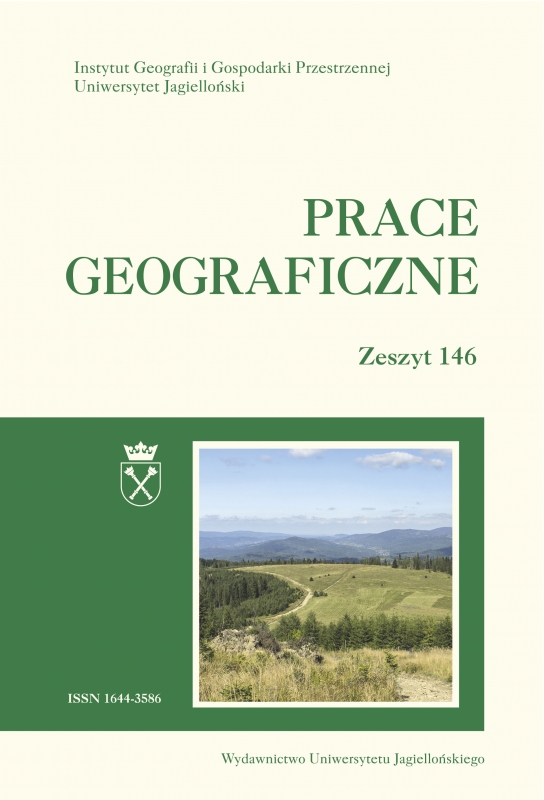Spring grass burning: An alleged driver of successful oak regeneration in sub-carpathian marginal woods. A case study
Spring grass burning: An alleged driver of successful oak regeneration in sub-carpathian marginal woods. A case study
Author(s): Jan Ziobro, Magdalena Koziarz, Serhiy Havrylyuk, Mykola Korol, Bernadetta Ortyl, Paweł Wolański, Andrzej BobiecSubject(s): Geography, Regional studies, Regional Geography, Historical Geography, Environmental Geography, Sociology, Environmental interactions
Published by: Wydawnictwo Uniwersytetu Jagiellońskiego
Keywords: woodpastures; marginal woods; oak regeneration; grass burning;
Summary/Abstract: Wooded pastures or pastured woods are disappearing from European landscapes. It is caused by the cessation of traditional farming ( in particular traditional pasturing ), lack of proper protection, forestry and agriculture intensification. Oak is one of the most common trees in such ecosystems, where it successfully regenerates, in particular due to conducive light conditions. According to the studies carried out in North America and Mediterranean zone in Europe, grass burning is one of important factors contributing to the establishment of open and semi-open habitats fostering oak regeneration. Our goal was to check the potential and progress of oak regeneration in marginal woods neighboring with grasslands in Ostoja Przemyska ( SE Poland ) and in Rozhniativ District ( W Ukraine ). In Poland the traditional silvopastoral management was ceased after the World War II ( finally in the 1970s ), while in Ukraine oak woods are still subject to occasional burning and pasturing. The inventory of oak regeneration, accompanied with the measurement of photosynthetically active radiation and the phytosociological assessment of plant communities, revealed a relatively abundant oak regeneration in the studied Ukrainian woods ( on average 4750 saplings ha-1 ), contrasting with the absence of young oaks in the Polish stands ( on average 30 saplings ha-1 ). This coincided with the sharp difference in both light conditions and vegetation characteristics between the two studied landscape units. Occasional spring grass burning in Ukrainian woods is considered an important factor contributing to the oak regeneration success.
Journal: Prace Geograficzne
- Issue Year: 2016
- Issue No: 146
- Page Range: 67-88
- Page Count: 22
- Language: English

